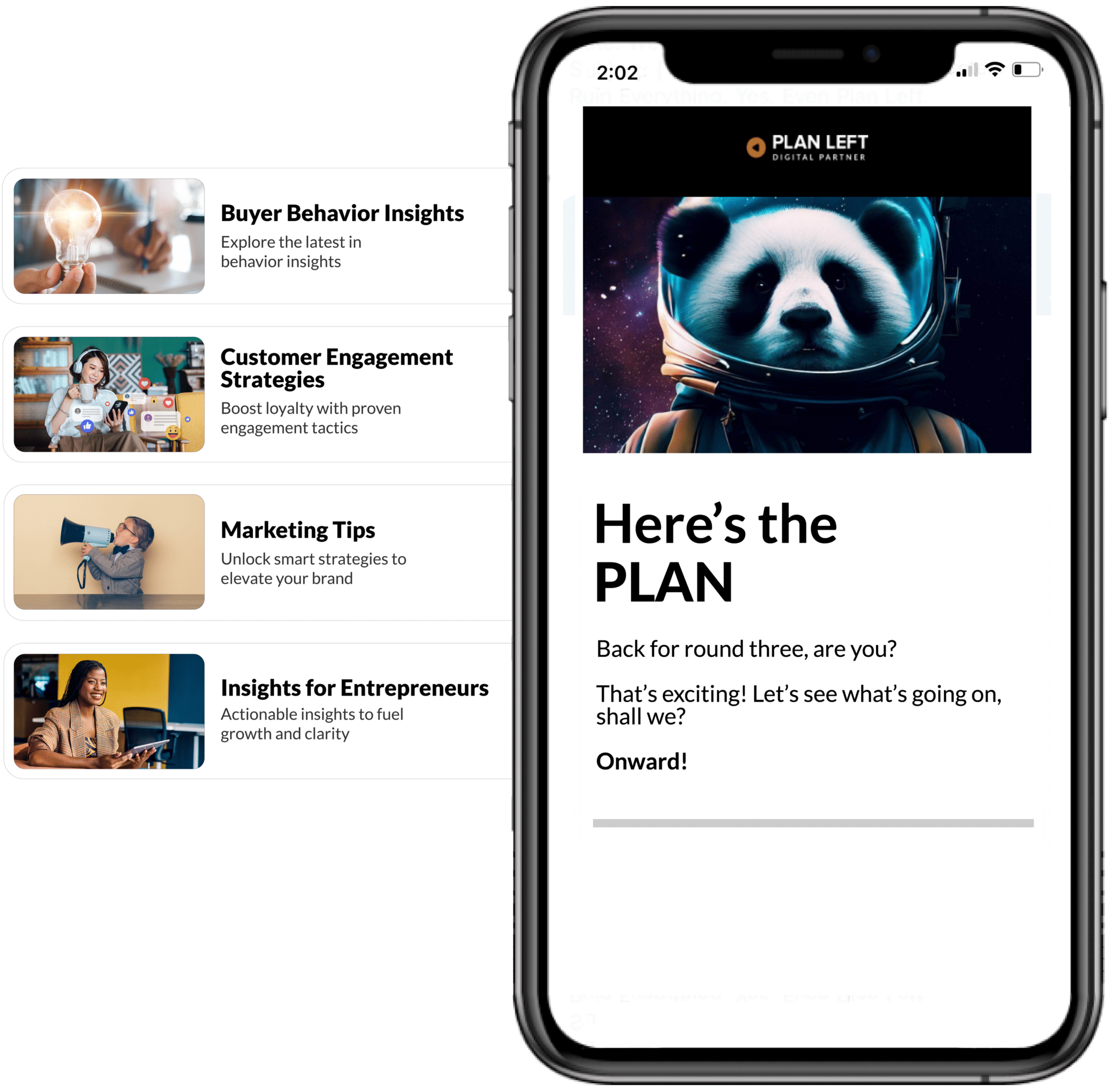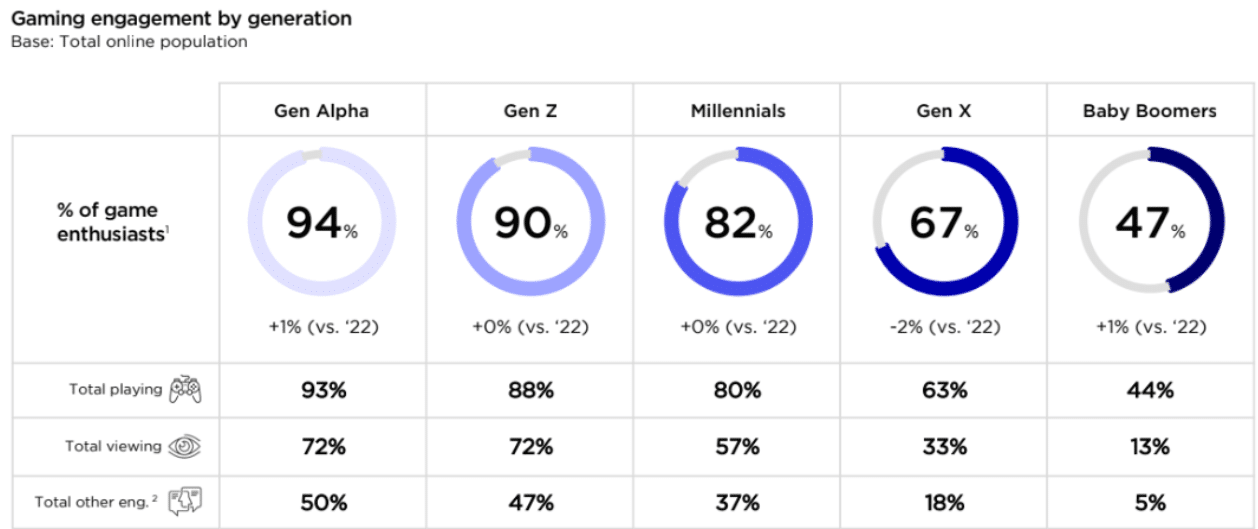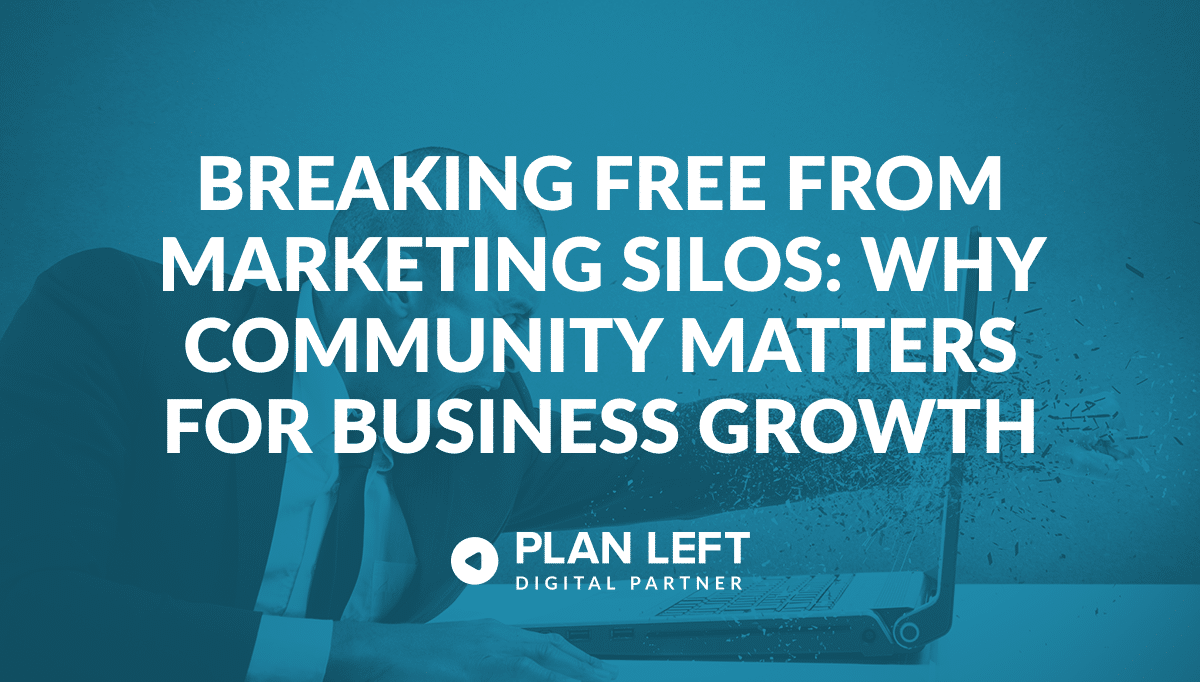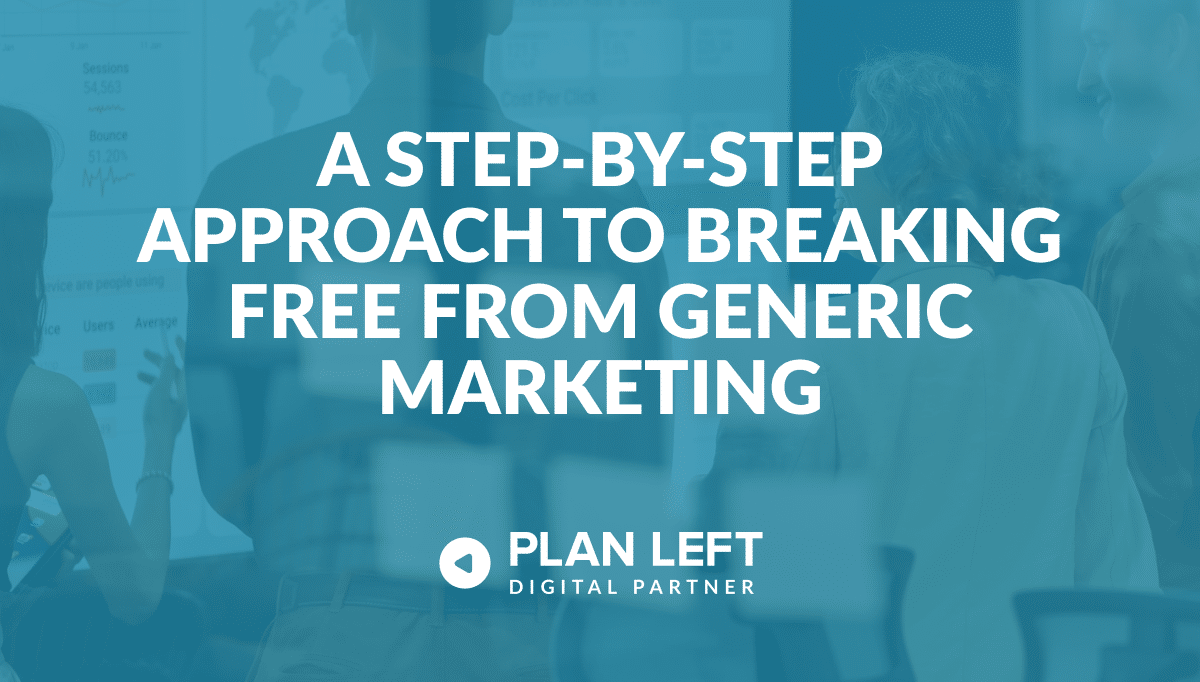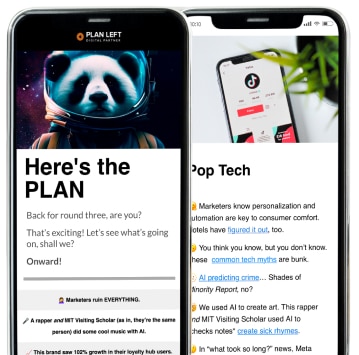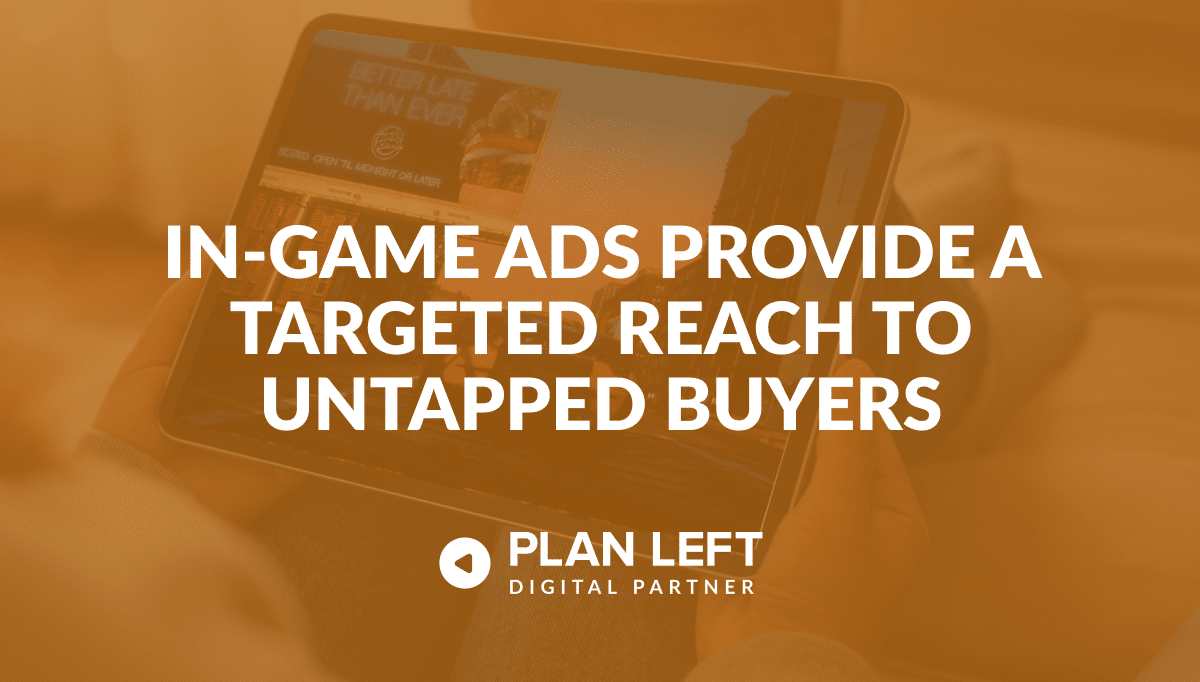
With almost 80% of the online population gaming in some form, video games are no longer played by only the younger generations. This has made in-game ads the new brand exposure opportunity so many miss. By 2029, the projected market revenue of in-game ads will be $169.4 billion worldwide. As the Newzoo gamer study shows, video game players are reacting positively to brand exposure in games, with 50% of gamers discovering new brands during gameplay and 47% inclined to purchase from a brand they’ve seen while gaming.
Gaming is Now Cross-Generational
We advertise where the money is and where the decision-makers are, right? Gaming hasn’t always been top of the list when it comes to ad reach, but as the gaming generations of the 80s and 90s have become adults, their children have become gamers, and so on. Thus, gaming has become cross-generational.
The growing popularity of gamers has even caught the attention of search engines like Google, who announced earlier this year that they were entering into the in-game ad space with enhancements to their AdMob platform with in-game ads in mind.
Although Gen Alpha and Gen Z have the highest percentages of game enthusiasts, at 94% and 90%, respectively, Millennials are right behind them at 82%, with Gen X not too far behind at 67%. Even Baby Boomers, the 59 to 65 years old group, come in at 47%.
Source: Global Camer Study – Newzoo
Meeting Your Audience in Their Games
Gamers in the U.S. spend about 7.6 hours a week playing video games, more than in any other country, according to MIDiA research. Given that those playing games actually see branded content as a positive, it’s no wonder that in-game advertising is growing as a marketing trend.
Successful Brands with In-Game Ads
In 2019 Burger King and the Stevenage Football Club partnered and as a result, EA Sports FIFA saw the Club become the most played team on the game. In addition to that, sales of their replica shirt increased by over 300%. To capitalize on the success, in 2020 Burger King went on to partner with the Stevenage Football Club Women’s league, changing their logo to Burger Women.
Another successful partnership was Gucci with Roblox back in 2021 which was the first of large brands like Tommy Hilfiger and Givenchy building virtual brand worlds as they connect with the more than 70 million daily Roblox players.
Programmatic and Native Ads
Programmatic advertising is the automated buying and selling of ad inventory in real time. This allows advertisers to reach their audience at the right time. The increasing use of data and analytics to target specific buyer demographics and interests within the gaming community has made this a new trend in the marketing world.
Native advertising is another trend. It seamlessly blends into the gaming environment and appears as part of the game’s content rather than an intrusive traditional ad. This creates an immersive and authentic experience for players, leading to higher engagement and brand recall.
For example, the Subway ad in Uncharted 3 back in 2011, is an example of both programmatic and native advertising.
Source: Programmatic Advertising: It’s in the Game
Targeted and Interactive Marketing Messaging With In-Game Ads
Targeted and interactive marketing messages make in-game ads the success they are, enhancing the gaming experience rather than interrupting it. As a result of the subtle integration, players are more accepting of in-game ads when they are relevant, non-disruptive to gameplay, and add value to their gaming experience.
If we break down the industry, gamers respond to the following industries the most positively:
- Sports, 86%
- Beverage, 86%
- Technology, 86%
- Automotive, 86%
- Fast food, 80%
- Delivery, 69%
- Sunglasses, 59%
In-Game Advertising Is a Powerful Digital Strategy
In-game advertising can be a powerful asset for any SEO strategy by boosting user interaction, brand recognition, and generating brand mentions and backlinks. Here’s a breakdown of how in-game ads contribute to SEO success:
- Boosting User Engagement and Dwell Time – Interactive in-game ads that offer rewards improve user engagement. When players spend more time interacting with branded content within a game, especially if the game is hosted on the brand’s website, dwell time increases. Search engines view higher engagement and longer session durations as ranking factors, which can improve SEO rankings.
- Increasing Brand Visibility and Awareness – In-game ads can reach a wide and varied audience, boosting brand visibility. This vast exposure often leads to more brand searches, direct website visits, and social media mentions, all of which positively impact SEO. For instance, product placements or branded content within games make the brand more memorable, leading to organic search traffic.
- Generating Backlinks – Successful in-game advertising campaigns often create a buzz within gaming communities, forums, and blogs, resulting in brand mentions and backlinks to the brand’s website. These mentions and links from reputable sources tell search engine crawlers that the content is valuable and authoritative, enhancing SEO rankings.
- Encouraging Social Signals – In-game ads that promote social sharing can amplify a brand’s presence on social media platforms. Increased activity, such as shares, likes, and comments, indirectly boosts SEO by driving traffic to the brand’s website and expanding its online footprint.
- Driving Targeted Traffic – In-game ads can be tailored based on demographics, interests, and behaviors, reaching an audience that is more likely to be interested in the brand’s products or services. This targeted approach drives high-quality traffic to the website, with engaged visitors reducing bounce rates and improving SEO metrics.
- Optimizing Content – In-game ads can be created with relevant keywords and metadata, improving discoverability. This optimization can extend to the brand’s website, where the in-game content is hosted or linked, further boosting SEO. Using keywords that resonate with the gaming community can improve the visibility of both the ads and the website in search engine results.
The Basics of In-Game Ad Integration
Unlike traditional display ads or intrusive pop-ups, in-game ads are designed to blend naturally with the game world, enhancing rather than disrupting the player’s experience. The process begins when you purchase ad space from game developers or publishers. This space can take various forms, from virtual billboards in a racing game to product placements in a role-playing adventure. The key is to make the ad feel like a natural part of the game’s universe.
Dynamic vs. Static In-Game Ads
In-game ads come in two primary types: dynamic and static. Static ads are hardcoded into the game during development and remain unchanged. These might include a permanent billboard for a real-world brand in the background of a sports game.
Dynamic ads can be updated in real-time. This flexibility allows for streamlined messaging changes, targeting specific demographics, and running time-sensitive campaigns. For example, a virtual billboard in a racing game might display different ads to players in different geographic locations or at different times of day.
The Technology Behind In-Game Ads
To serve dynamic in-game ads, developers typically integrate an SDK (Software Development Kit) into their game. This SDK acts as a bridge between the game and ad networks, allowing for the seamless delivery and updating of ad content.
When a player encounters an ad placement in the game, the SDK sends a request to the ad network. The network then selects an appropriate ad based on targeting criteria such as the player’s demographics, location, or in-game behavior. This ad is then served back to the game and displayed to the player in real time.
Analytics and Metrics
One of the advantages of in-game advertising is the ability to track and measure performance. Advertisers can gather data on impressions, engagement rates, and even brand lift studies to gauge the effectiveness of their campaigns.
For example, if a player interacts with a branded item in a game, this action can be tracked and reported back to you. This level of insight allows for continuous optimization of ad campaigns, making sure that brands are getting the most out of their in-game advertising investments.
The Future of In-Game Advertising
As virtual and augmented rise, we’re likely to see even more immersive and interactive ad experiences in the future.
Imagine trying on virtual clothing from a real-world brand in a VR game, eating your favorite meal or brand of snack, or interacting with a branded character in an AR mobile game. These possibilities are not far off and represent the next frontier in the evolution of in-game advertising.
With the average user spending about $42 on brands they’ve seen via in-game ads in 2024 and expected to grow to $56 by 2029, in-game ads are no longer a trend but an advertising strategy Business to Consumers (B2C) needs.
Explore Latest Posts
The Entrepreneur's Guide to Creating a High-Ticket Flagship Offer Most businesses are built on a foundation of scattered services, multiple ... read more
December 16, 2025
Breaking Free from Marketing Silos: Why Community Matters for Business Growth Every entrepreneur knows the weight of making decisions alone. ... read more
December 11, 2025
A Step-By-Step Approach to Breaking Free from Generic Marketing Enterprise marketing leaders face the challenge of standing out among countless ... read more
December 9, 2025
Essential Strategies for Entrepreneurs
Get Actionable Business Insights & Marketing Tips
Our newsletter delivers real-world strategies from entrepreneurs who’ve been exactly where you are.
Sign up now for:
- Actionable growth strategies that work
- Insider tactics for attracting top talent
- Real-world case studies from successful founders
- Emerging tech trends that drive innovation
- Pragmatic marketing approaches for visionary leaders
